It would be wrong to visit Tuscany, one of Italy’s best known wine regions, without stopping off at a Chianti vineyard or two to sample Chianti Classico, the area’s most famous wine.

During our visit to the Chianti region we visited a variety of Chianti Classico producers delivering exceptional wines. A brand new state-of-the-art winery, the oldest cellar in the region, a vineyard that’s experimenting with age-old wine production methods and many more. Join me on a tour of some of the best Chianti wineries.
Chianti Classico Wine
Contents
Chianti Classico, a medium-bodied red wine with cherry and nut undertones, was one of the first to be exported from the region and has been made in Chianti since the thirteenth century.
Chianti wine must be made from at least 80% Sangiovese grapes but producers can add up to 20% of other grapes to the blend. Canaiolo, cabernet sauvignon, or merlot are often used. The wine must be produced in the Chianti region.
DOCG Classification


Strict regulations need to be upheld to display the famous Gallo Nero (Black Rooster) label DOCG. The DOCG classification was approved by the Italian government in 1984 to certify wines from the Chianti region.
Winemakers must follow all DOCG rules for the blending and handling of Chianti Classico wines in order to be approved for certification.
There are now over 300 wineries that are part of the Chianti Classico DOCG area. When shopping for wine in a shop or retailer, the best Chianti Classico wines will always have the famous Black Rooster on the label.
Not all wineries choose not to pay for Chianti DOCG certification. Many small producers and family-run vineyards offer excellent wines without DOCG so don’t write them off due to lack of a black rooster label.
Where is the Chianti Classico Wine Region?
The Chianti wine region started out as a very small area encompassing just three small towns; Radda in Chianti, Castellina in Chianti and Gaiole in Chianti.
Today, this beautiful wine region known for its fine wines has extended. The Chianti Classico wine region now includes the towns of Castelnuovo Berardenga and Poggibonsi which are all in the province of Siena.
Further afield San Casciano Val di Pesa, Tavarnelle Val di Pesa, Greve in Chianti and Barberino Val d’Elsa are all located in the province of Florence.
Together these nine towns all make up the wine production region known as “Chianti Classico“. However, the area now extends further taking in places between the provinces of Siena, Forence and Arezzo. Today we’re sticking to the main Chianti Classico area and the towns above.
>>> Chianti wine tour from Florence check rates and availability
Antinori Cellars in Bargino
Our first stop was Cantina Antinori in Bargino. The Marchesi Antinori family have been wine producers in Tuscany since 1385; that’s over 600 years and 26 generations to perfect their craft.
Given the history behind Florence’s Antinori family the new cellars and company HQ, which opened in 2013, have an incredibly modern concept but at the same time are rooted in the fertile Tuscan earth in which the Antinori family history has evolved.
The cellars at this most modern of wine estates were designed by Archea Associati architectural studio in Florence. The concept is that they would have greatest respect for the environment, Tuscan landscape and eventually become invisible and at one with its surroundings.
Built into a hillside, the top of the hill was removed, the building installed and the ‘lid’ of the hill restored leaving minimal impact on the landscape. Once the Sangiovese vines on the slopes mature the building will become completely immersed into the landscape. A visit to Antinori is an immersive experience in more ways than one.
We enter the winery from the underground car park via a vast corkscrew staircase and emerge on the cellar’s single curved terrace overlooking spectacular views of the Chianti countryside.
The minimalistic building is a brownish rust colour to match the hues of the earth and constructed with natural, local materials; terracotta, wood, glass and an alloy of steel and copper. There’s a theme of round cut-out skylights, lines are gentle and simplistic curves mirror the contours of the land.
The interior is light, airy and spacious. The lobby displays information and pieces of Antinori history and art with a contemporary backdrop.
>>> Chianti wine tour from Florence check rates and availability
Visitors can see the wine production in each stage, from the vineyard to the bottle, following the phases of fermentation and aging. We move from the lobby to the cellars via a wall which silently parts before us releasing the aroma of oak casks. The hill, and the terracotta tiles which line the cellars keep the temperature stable.
We continue along a balcony overlooking pale vaulted cellars and cantilevered tasting rooms. It’s futuristic but at the same time church-like. We see where the grapes are sorted, only the best are selected and the huge stainless steel fermentation vats. Row upon row of Hungarian oak barrels store 300 litres of wine per cask.
Nothing goes better together than fine wine and good food and our visit finishes on the roof of the cellar in the Rinuccio 1180 restaurant where we devoured a wonderful lunch of local cheeses, salamis, olives and breads. This was accompanied with a tasting of three delicious Antinori wines; a white Toscana 2012, Chianti Classico and a Chianti Reserva.
San Felice
If you long to relax and enjoy the gorgeous countryside in the province of Siena, San Felice is the perfect location. This Chianti winery is located in the medieval village of Castelnuovo Berardenga. It lies around 30 minutes east of Siena, surrounded by hundreds of acres of vineyards and rolling Tuscan hills.

At Borgo San Felice, you can stay in one of the small village’s luxurious villas, explore the bike trails around the vineyards and relax in the wellness centre.
San Felice has been producing Chianti wines for more than 100 years, and they are now considered some of the best wines in the Chianti region. The winery also produces extra virgin olive oil, grappa and Vin Santo, and you can sample all of these in the winery’s bar.
Wine tours and tasting sessions are also available. These range from the San Felice Classic Experience, which costs from €36 and includes a guided tour of the wine cellar and tasting of three current wines, to the €160 San Felice Vertical Tasting. This includes a guided tour of the vineyards and ageing cellar followed by a tasting of four vintages of a single wine, allowing you to discover how the wine evolves over time.
Ricasoli 1141 Winery at Castello di Brolio
Lying around 20 minutes south of Gaiole, the Ricasoli 1141 winery at the Castello di Brolio estate is the birthplace of Chianti Classico wine. It’s undoubtedly one of the most iconic Chianti wineries, known for the high quality of its wines.
The number 1141 in the name refers to the year when the winery was established by the Risasoli family. That makes it Italy’s oldest winery and one of the oldest wineries in the world!
The vineyards at Ricasoli stretch over 600 acres of rolling Tuscan hills, and a further 70 acres have been planted as olive groves. The range of wines produced at Ricasoli 1141 includes the flagship Castello di Brolio, Chianti Classico and other Sangiovese-based wines. They also produce Chardonnay and Trebbiano white wines, grappa, Vin Santo and extra virgin olive oil.
Visitors to Ricasoli can explore Brolio Castle, which dates back to the Middle Ages, and enjoy a blend of modern and traditional Tuscan cuisine at the excellent Osteria di Brolio restaurant.
Winery tours at Ricasoli 1141 start at €7 for a simple visit and wine tasting. You can also enjoy a Sunset Tour of Brolio Castle and dinner for €80 or splash out on the Gran Cru Tour. This top-of-the-range tour costs €160 per person and includes a tour of the vineyards and winemaking facility, lunch in the Osteria and a private tasting of four Ricasoli 1141 wines.
Fattoria di Montecchio Winery
A beautiful 18th century manor house in the oldest part of the Chianti Classico area is home to Fattoria di Montecchio. Located close to the medieval village of San Donato in Poggio the former hunting lodge is surrounded by an estate of over 273 hectares of land; 30 cultivated as vineyards, 20 set to olive groves and 40 as cropland.
The historical farm complex is solely devoted to production of Chianti Classico DOCG while extra virgin olive oil is produced in the ancient oil mill.
We visited the cellars and on-site kiln where frost-proof Terracotta is made. Garden ornaments are produced as well as the large terracotta casks.
The estate is currently experimenting with this old method of wine fermentation instead of using oak barrels. It was interesting to note the comparison with Cantina Antinori which was completely lined using terracotta tiles.
A light lunch followed of local cheese, salami cured meats and the exquisite home-produced olive oil. We tasted three delicious wines; a Chianti Classico Riserva, a Chianti Classico and a Rose – Pink Ponentino Tuscano.
Wine tasting is possible in the farm shop every day from Monday to Sunday – 10.00am to 7.00pm. Reservations are not required.
>>> Chianti wine tour from Florence check rates and availability
Vallepicciola
The family-run Vallepicciola winery is about a 30-minute drive from the beautiful city of Siena. The Bolfo family established the winery in the late 1990s, based in a former monastery, and the Chianti vineyards now cover 264 acres of stunning Tuscan landscape.
The unique soil at Vallepicciola is ideally suited to a range of grapes, including Sangiovese, Pinot Noir, Merlot, and Chardonnay. They also produce Vin Santo, Grappa and sparkling wines, along with extra virgin olive oil from their 4000 olive trees.
You can stay in 5-star luxury at one of Vallepicciola’s two hotels, which makes this Chianti winery the ideal base for an extended Tuscan wine tour. Vallepicciola as well as Hotel Le Fontanelle and The Club House are under the same ownership, operating under the ‘Fontanelle Estate’ brand. They are suitable for couples, families and groups of friends, while exclusive The Club House is perfect for an adults-only escape.
Wine tasting sessions start from €20 for a tasting of 3 wines in Vallepicciola’s beautiful tasting room, and you can choose to pair your wines with platters of local delicacies. The luxurious Wine & Dine experience is an opportunity to see behind the scenes at the winery before sampling five top wines accompanied by the authentic flavours of Tuscany. This tour costs €150 per person.
>>> Chianti wine tour from Florence check rates and availability
Badia a Passignano Abbey
The Badia a Passignano Abbey is an ancient monastery dating back possibly as far as 395 AD. It’s on the road running from Greve to San Donato and the surrounding vineyards are owned by the Antinori wine family. There’s a fine dining restaurant, L’Osteria, and an Antinori wine shop near to the entrance of the Abbey.
The Benedictine Monks of Vallombrosa still use the Abbey and allow Antinori to lease the ancient cellars for ageing the Chianti Classico Riserva di Badia a Passignano wine. Although in the past the abbey played a vital role in Tuscan wine production they don’t allow Antinori to produce wine on the premises.The ancient cellars of the abbey are in stark contrast to the brand new Antinori Winery in Bargino.
We took a tour of the wine cellars and the Abbey itself where Galileo Galilei once taught. The land around the abbey has been cultivated for winemaking for thousands of years and in 1983 a specimen of “vitis vinifera” dating back more than a thousand years was discovered on the land.
The old concrete fermentation tanks used in the fifties are preserved and interesting to see but are no longer in use. The grapes cultivated on the land which surrounds the Abbey are all grafted from very old Sangiovese vines; the highest quality grapes are selected to pass through fermentation in modern stainless steel tanks.
The wine is then transferred into Hungarian and French oak barriques for 14 months to age and then refined in the bottle for another year before being sold. The vaulted cellars under the Abbey are constructed of thick stone walls to keep a constant humidity and temperature.
‘The Tunnel of Love’ below as eloquently described by our guide!
Brancaia
When Brigitte and Bruno Widmer took over the Brancaia winery in 1981, the estate was in a state of neglect. With care and attention, they have created a family-run winery that produces some of Italy’s finest red wines.
Tuscany’s hot summers and cool winters are perfect for wine production. The Widmer family believes that respecting nature and the vines improves the taste and character of their wines. They now have three organic vineyards united by a focus on high quality and sustainability
At Brancaia Radda in Chianti, 40 minutes north of Siena, the 50-acre vineyard grows a mix of Merlot and Sangiovese grapes. This Chianti winery produces nine red, white, and rosé wines, grappa, an elegant gin, and extra-virgin olive oil.
A range of wine-tasting sessions is available at the Brancaia wine bar, where you can sample the best Chianti Classico wines along with the winery’s top wine, the Supertuscan ‘Il Blu’.
Wine tours start from the €40 Maremma tour, which includes a tour of the vineyards and wine cellar and four wine tastings. The €90 Ilatraia Special Experience is a sommelier-guided sampling of the Ilatraia Special Edition wine at different stages of its production, ranging from the single grape variety to the old vintage.
Castello di Ama
Castello di Ama is another Tuscan winery with a rich history. Located just a short drive from Gaiole in Chianti, the castle that gives Castello di Ama its name was destroyed in the 15th century. Stone from the original castle was used in the 1700s to construct a new building, which now houses the winery.
This Chianti winery was founded in 1976 by four Roman families who had a dream of restoring the estate to its former glory. Over the five decades since then, they’ve realised their dream and now manage 185 acres of vineyards and 100 acres of olive groves.
Castello di Ama creates some of the best Chianti wines in the Chianti Classico area together with non-traditional wines that blend Sangiovese grapes with Merlot and Malvasia Bianca grapes. They also produce excellent white and rosé wines, Vin Santo, grappa and extra-virgin olive oils.
Tours of Castello di Ama start in the new winery building, completed in 2021, and explore both the historic village of Ama and the winery’s production facilities. Tour options range from the €90 Journey to Ama, which includes a guided tour and tasting of three Chianti wines, to the €200 Ark of Vintages tour. This combines a guided tour with a tasting of four of the winery’s most exclusive vintages.

Cinciano
The origins of Cinciano are a little uncertain. The estate features in documents dating back as far as the 13th century, and it’s even believed to have once belonged to the Gens Cincia family of Ancient Rome.
Cinciano has seen many transformations through its long history, and today, it’s a pretty hamlet reached by a long avenue lined with centuries-old cypress trees. Parts of the hamlet’s medieval origins can still be seen in the large tower that stands to the right of the main house, Villa Zaballina.
This Chianti winery is a charming place to stay, with a range of rooms and suites overlooking the green hills of the Siena province. Osteria 1126, the winery’s restaurant, offers a friendly welcome and contemporary Tuscan cuisine.
The 370-acre estate includes a 60-acre vineyard producing the traditional Chianti Classico, rose and white wines and Vin Santo. They also produce extra virgin olive oil from the estate’s 99 acres of olive groves. Wine tasting options and winery visits at Cinciano start from just €14 for a tasting of three wines, or you can tour the cellars and enjoy a tasting of three wines paired with a snack for €30 per person.
So there you have a taster of the Chianti wineries and vineyards that we visited during our time in Tavarnelle Val di Pesa in Tuscany. I’ll be bringing you more posts on the traditional traditional Tuscan food we ate and about the historical art and artisans in the area.
Have you visited any Tuscan wineries? Tell us about them in the comments below.
If you like discovering lesser-known villages and borghi of Italy then you may like to learn about these ten beautiful villages in Lombardy.
Disclosure: Accommodation, meals and tours were sponsored by the Municipality of Tavarnelle Val di Pesa but all thoughts, opinions, and enthusiasm for the wines of Tuscany are purely are my own.
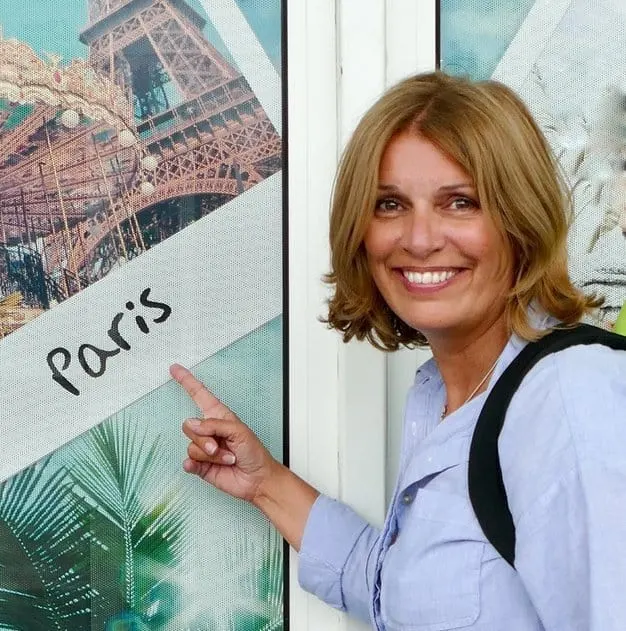
Suzanne Jones is a full-time travel blogger and writer at The Travelbunny which she started in 2011 during her time as a professional travel planner. Suzanne enjoys exploring new destinations, culinary encounters and the outdoors. When not travelling or writing about her adventures you’ll most likely find her, camera in hand, enjoying coastal walks in Sussex.
Suzanne also runs Hello Sussex a website which showcases the best of East & West Sussex. Read more about Suzanne.

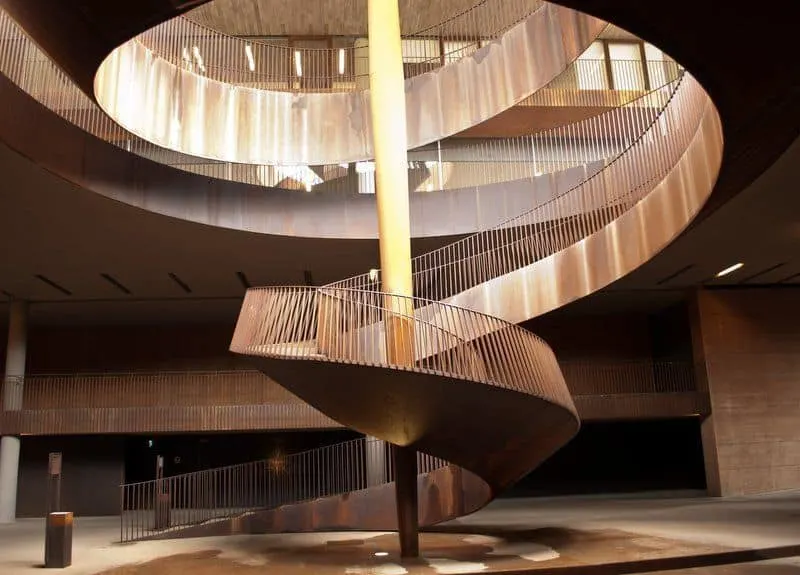
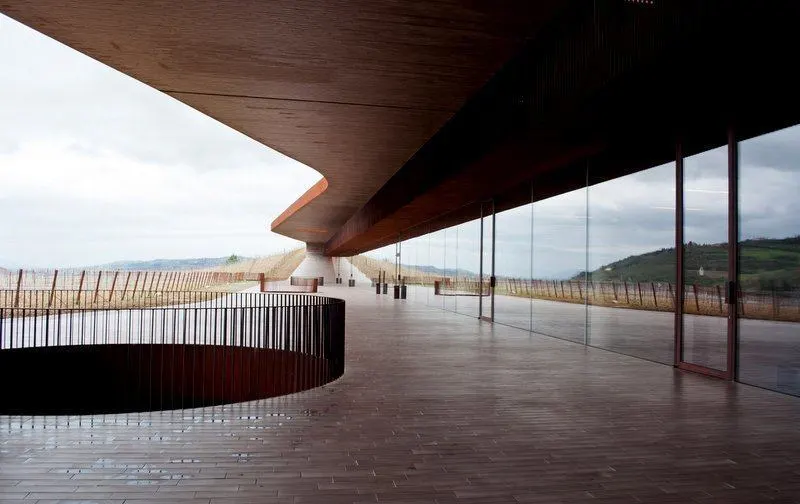
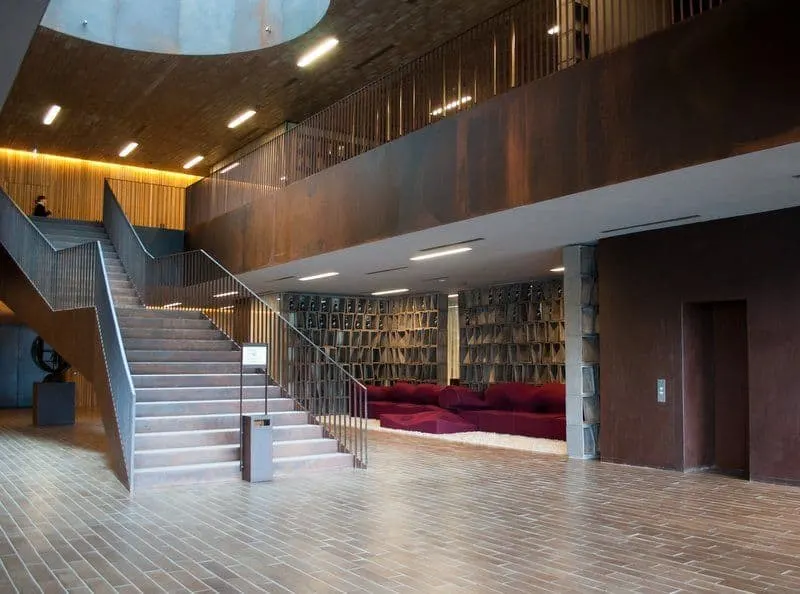
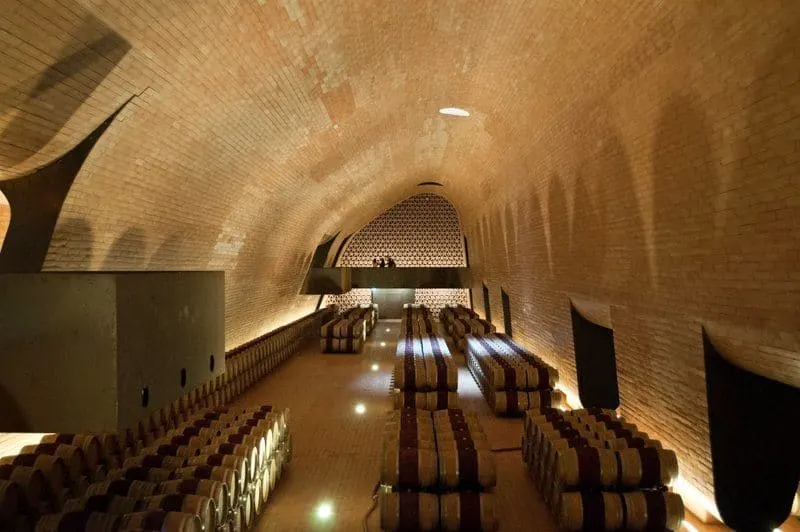
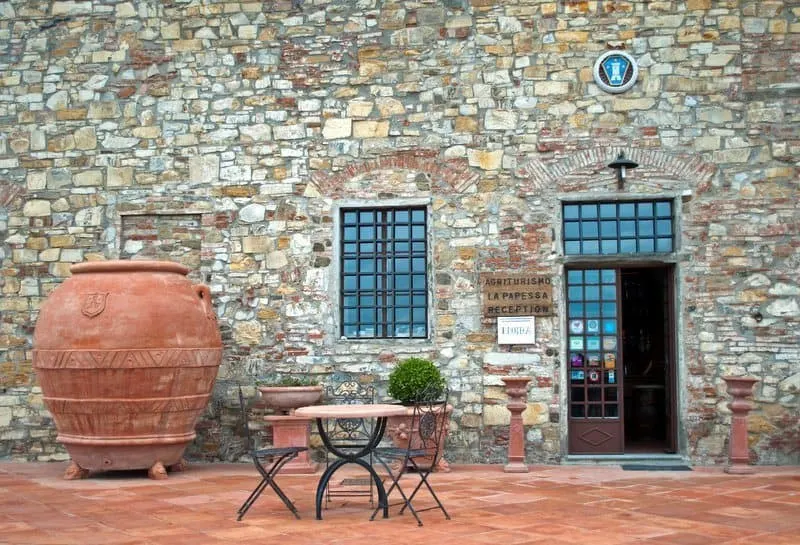

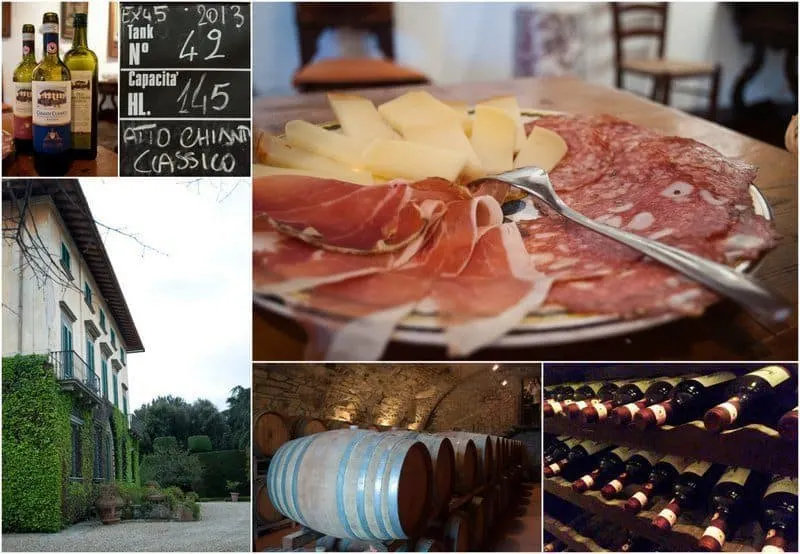
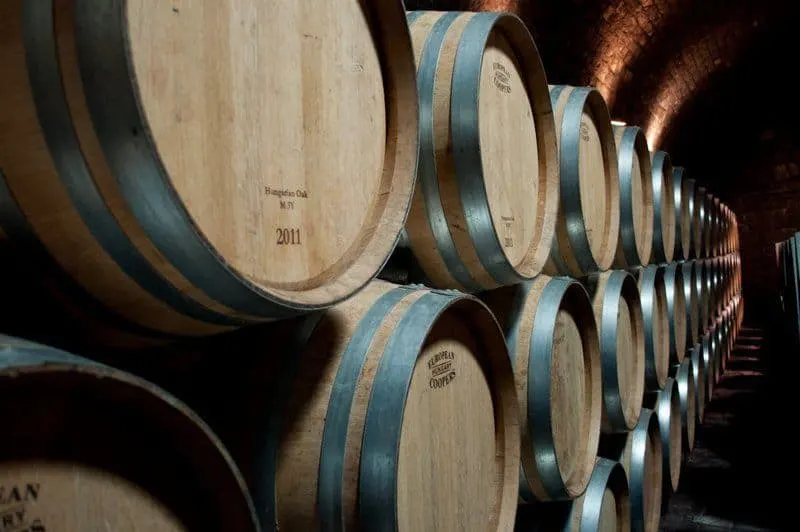
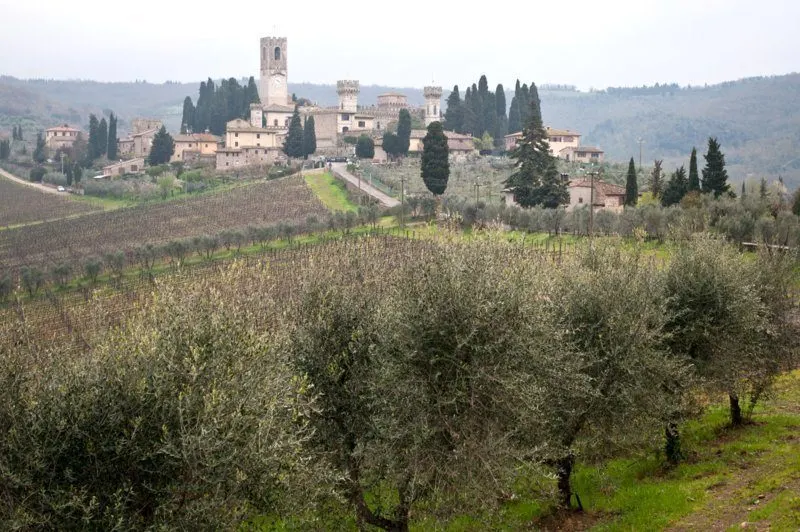
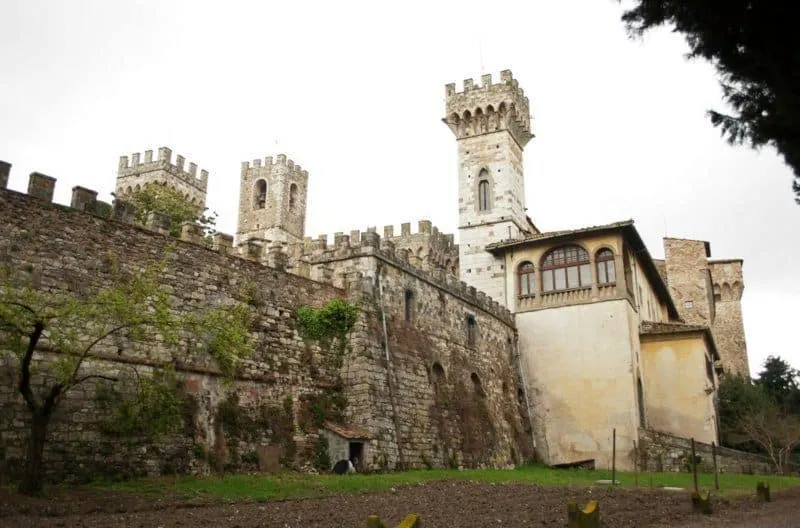
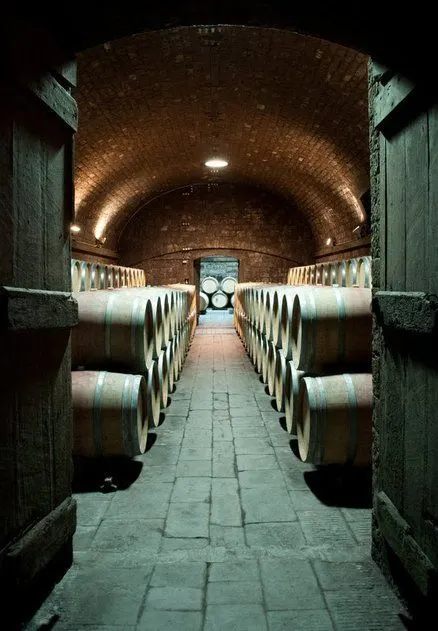
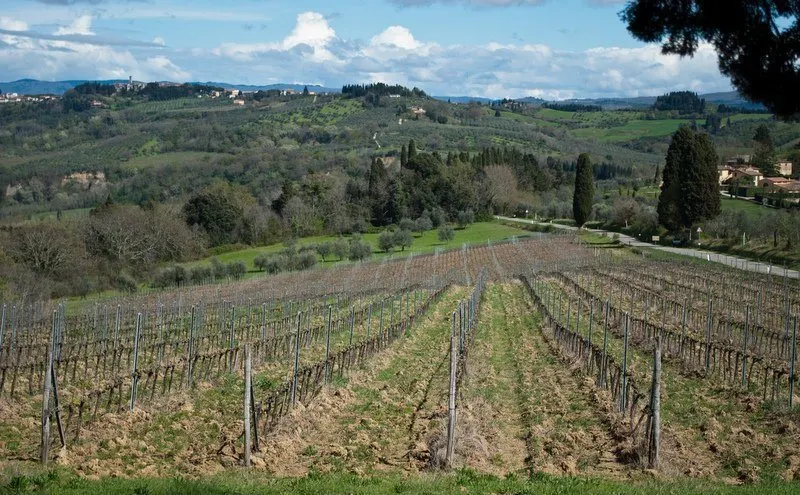
ryan
Monday 21st of November 2016
Badia a Passignano Abbey looks amazing. A visit is going on my bucket list.
Suzanne Jones
Monday 21st of November 2016
There are lots of good vineyards in the area worth checking out...
Cellars Wine Club
Thursday 24th of September 2015
That's a very beautiful place to experience the wine and foods. Tuscany’s Chianti Country is indeed captivating place, and your photos prove it all. Impressive post and shots Suzzane.
A Visit to Graham's Port Cellar, Porto | The Travelbunny
Wednesday 24th of June 2015
[…] demarcation boundaries is the only place in the world that can produce authentic Port just like the Chianti region in Italy or Champagne in […]
Food from the Tuscan Table | MumRx
Tuesday 3rd of June 2014
[…] seasonal and prepared with passion. Think lazy, hazy afternoons sipping a glass of ruby-red Chianti Classico and dipping into a platter of fennel infused salami with chunks of fresh focaccia soaked in […]
Food from the Tuscan Table » The Travelbunny
Monday 26th of May 2014
[…] seasonal and prepared with passion. Think lazy, hazy afternoons sipping a glass of ruby-red Chianti Classico and dipping into a platter of fennel infused salami with chunks of fresh focaccia soaked in […]